Affiliate links on Android Authority may earn us a commission. Learn more.
Meizu MX4 review
Published onDecember 12, 2014
The Android market is dominated by major manufacturers like Samsung, LG and HTC. The U.S. market is now beginning to see some up-and-coming device manufacturers from the Chinese market like OPPO, Xiaomi and Meizu. These manufacturers have shown us that it’s possible to make a high-end device for a fraction of the cost of the flagships we see today.
One such device that does a great job at offering high-end specs and hardware at a low price is the Meizu MX4. As the successor to last year’s MX3, the MX4 features a slew of hardware and software upgrades, and shows users, yet again, that high-end specs don’t have to come at such a premium price. With that said, can the MX4 compete with the likes of Samsung, LG and HTC? We find this out, and more, in our full comprehensive review of the Meizu MX4.
Meizu has a reputation for making premium devices, and the MX4 is no exception. At first glance, the phone looks sleek, high quality and durable. It offers a full glass front panel, a chassis made of aluminium alloy, and a smooth plastic back plate. The in-hand feel of the device is extremely premium, thanks to the slightly heavy aluminum body. The buttons are also made of aluminum and feel clicky and responsive… especially the volume rocker. When it comes to the power button, though, it tends to blend in with the frame. At least on our review unit, it felt significantly less-clicky than the other buttons. What’s more, the power button is placed on the top of the device, rather than the standard side mount that many of us have grown accustomed to. Now, this is a pretty big phone, so reaching up top to put the device to sleep can get a little annoying sometimes. To help with that problem, Meizu added a few features that might help out with your power button problems (we’ll talk more about that in Software).
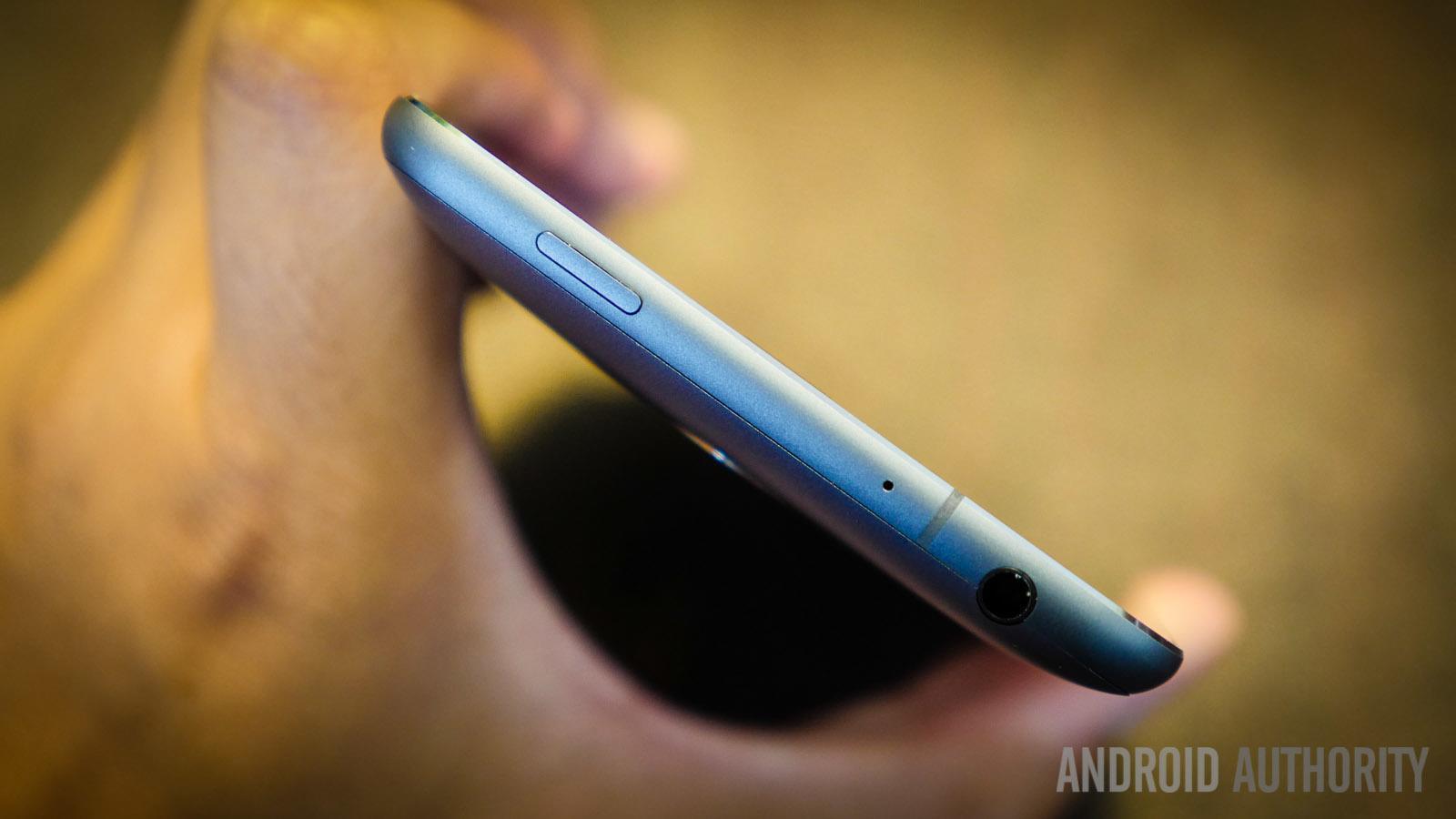
Around back, the device has a slight curve to it, and it fits in our hands perfectly. While the plastic back feels smooth and almost satin-like, it may be a little too slippery. In our time testing the device, we almost had a few drop accidents when pulling the phone from a pocket. The back creeks a little more than we would like it to, but nonetheless, the phone doesn’t feel bad by any means. A small Meizu logo takes up the bottom portion of the back plate, and the camera is placed towards the top. When it comes to design, the camera module is unobtrusive and is covered by a glass enclosure.
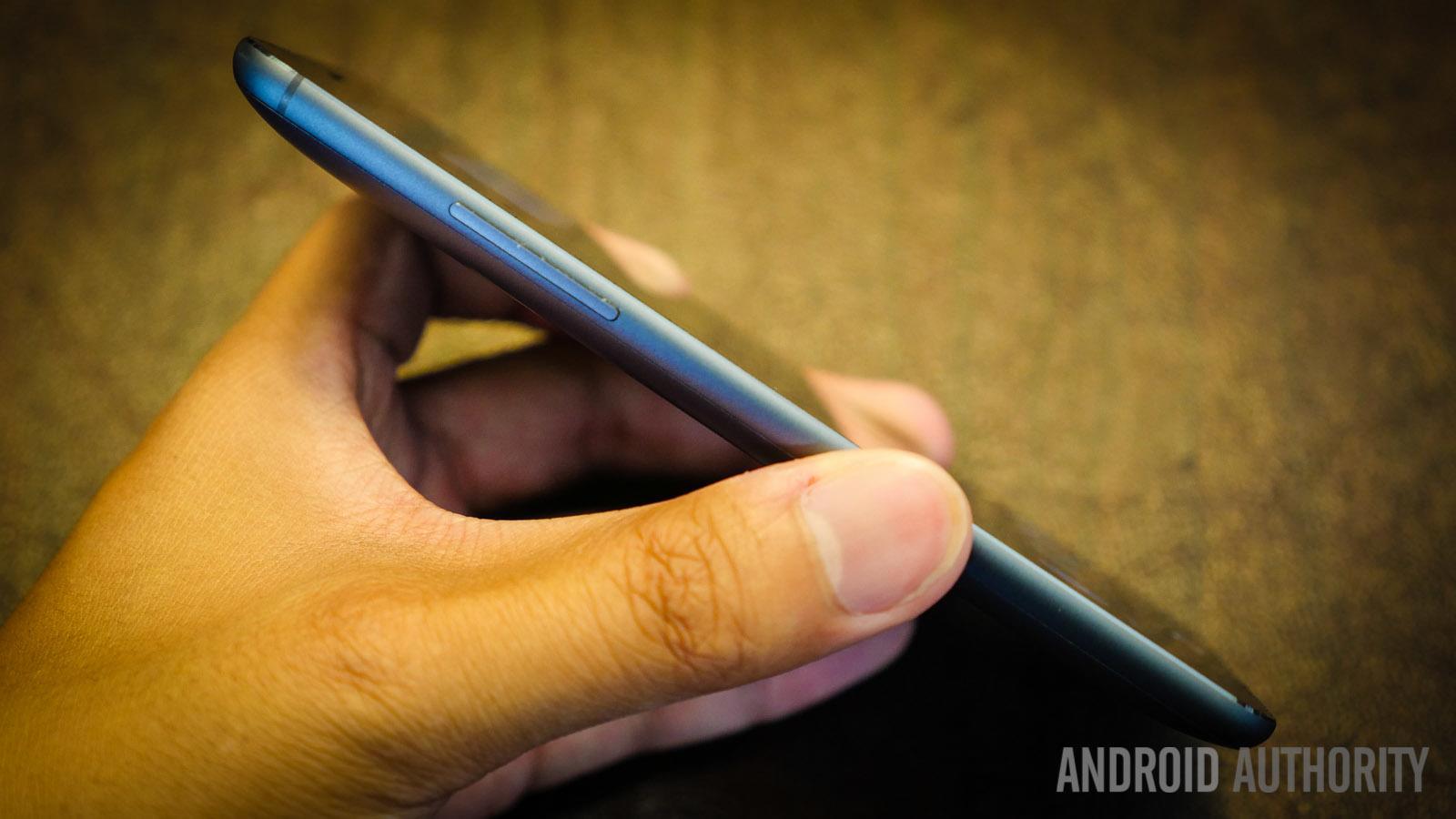
The back plate is removable, exposing the non-removable 3100mAh battery and Micro SIM slot. No expandable storage is available, though the unit comes in either 16, 32, or 64GB variants.
The display on the MX4 is 5.36-inches with 1920 x 1152 resolution and a pixel density of 418 ppi. The display pops, thanks to the .2mm of bezel on each side of the display. Images are sharp, text is clear and honestly, we don’t really have any other gripes when it comes to the display quality.
The front of the device features a capacitive touch circular home button, while the other soft keys are present at the bottom of the display. That makes us wonder about Meizu’s design language, though. The MX4 already has to take up space for the softkeys, so why did they need to create a capacitive home button rather than a softkey? It must just be part of the design. It doesn’t look bad, it’s just different. The display can get very bright, which is great for outdoor visibility, as long as the auto brightness works properly. We did experience a few glitches, so you might be better off adjusting the brightness manually.
| Display | 5.36-inch IPS LCD 1920 x 1152 resolution, 418 ppi |
|---|---|
Processor | 2.2 GHz octa-core MediaTek MT6595 PowerVR G6200 MP4 GPU |
RAM | 2 GB |
Storage | 16/32/64 GB, no microSD expansion |
Camera | 20.7 MP rear camera with dual LED flash 2 MP front-facing camera |
Connectivity | HSPA, LTE Cat4 150/50 Mbps Wi-Fi 802.11 a/b/g/n/ac, dual-band, Wi-Fi Direct Bluetooth 4.0, GPRS |
Sensors | Accelerometer, gyro, proximity, compass |
Battery | 3,100 mAh |
Dimensions | 144 x 75.2 x 8.9 mm 147 grams |
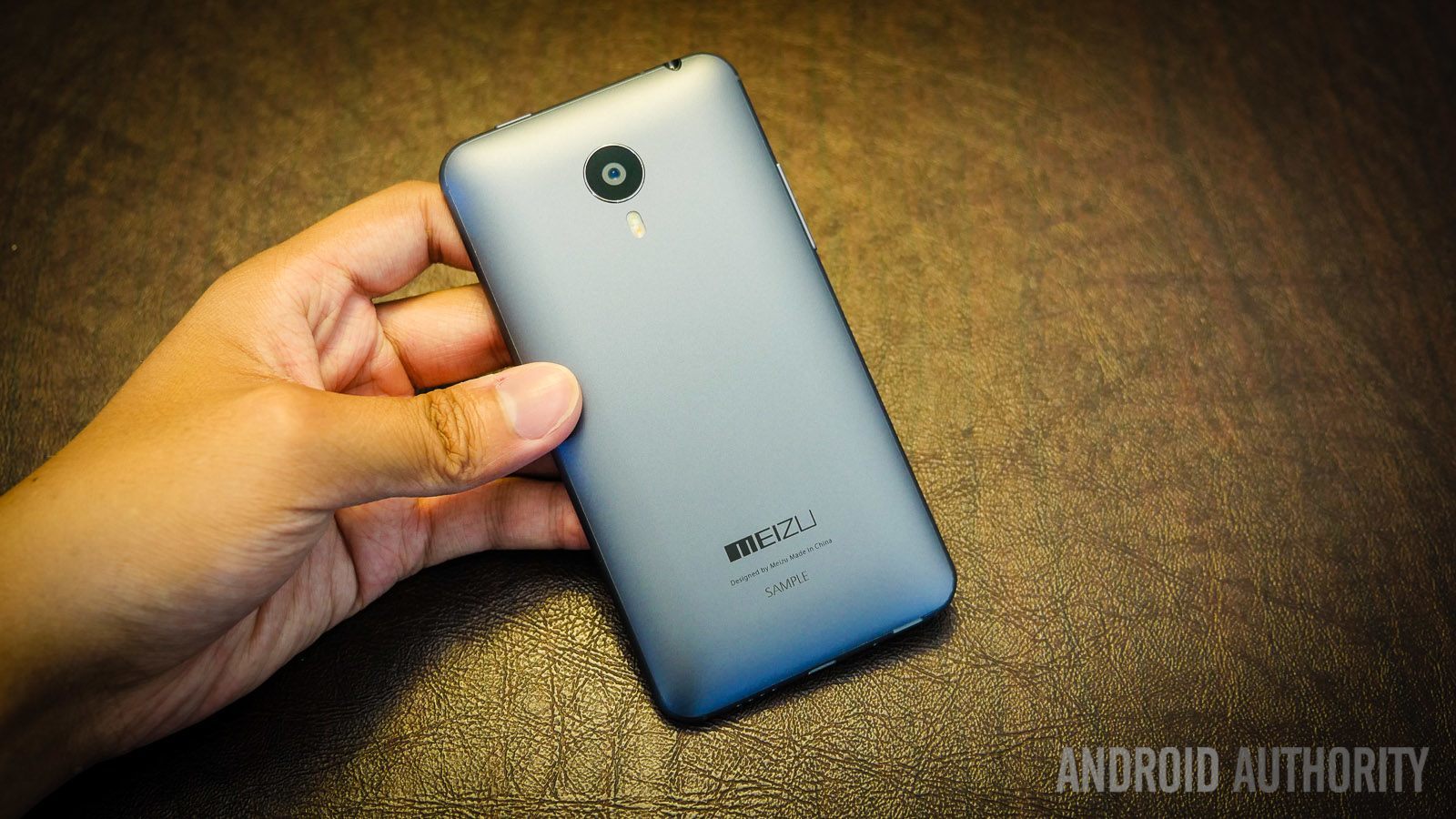
Starting up the device is fast and lag-free. We didn’t really experience any lag when switching between home screens, switching apps, or scrolling through text. That’s all thanks to the MX4’s quad-core 2.2GHz Cortex-A17 and quad-core 1.7GHz Cortex-A7 processors backed by 2GB of RAM. Though it doesn’t seem like the best processor out there, Meizu’s software is light, allowing for quick animations, fluid movements through screens and fast multitasking. But these quick animations usually only take place when moving around the UI. We experienced our fair share of hiccups when it came to playing games. Lag and hiccups would happen more than we would have liked, and the device tends to heat up quickly when playing graphic-intensive games.
Next to the Micro USB input on the bottom sits a single speaker. It’s loud and clear, and definitely good enough to watch a quick YouTube video or listen to music around the house. While the external speaker is loud, the earpiece speaker is very quiet, even when turned up to the maximum setting. Call quality is very solid on this device, and the people we spoke with told us we sounded very clear.
When it comes to connectivity, though, U.S. customers will be out of luck in terms of LTE. The MX4 has LTE bands, but they’re only compatible with Chinese networks.
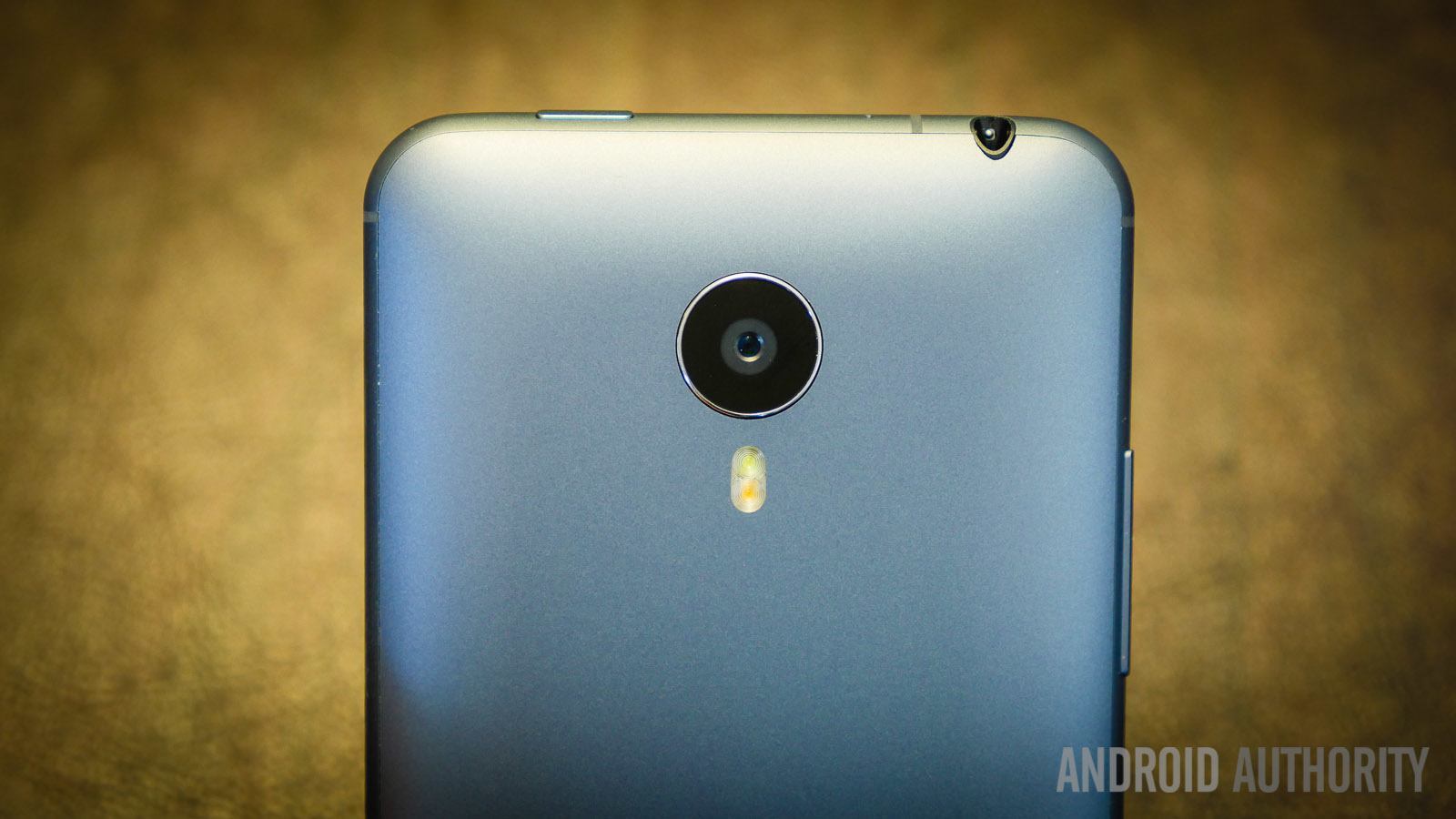
The camera that comes on the MX4 is a 20.7MP Sony Exmor unit with a dual-LED flash, along with a 2MP front facing camera. The camera software is extremely easy to use and comes with tons of shooting options. Swiping left and right filters through the different settings, which is very intuitive. As for image quality, the majority of our indoor and outdoor photos are sharp, but are overall very bright. Colors are slightly dull and lack the vibrant pop and saturation we see on other comparable cameras on the market.
With that said, low light photos are where this device stutters the most. It often struggles to focus and most of our low light photos lack any amount of vibrance whatsoever. Auto Focus mode is good when it works, but oftentimes struggles to lock on to the subject of the photo. This is true in both well-lit and low light areas.
Around front, the 2MP front-facing shooter is decent, if all you’re planning to do is post photos to social media. Other than that, the front camera struggles in low light, and also has a problem focusing on the subject.
In terms of camera options, the MX4 comes with many to choose from. Panorama, Refocus, 120fps Slow Motion, Facebeauty, Night Mode, and plenty of other modes are included in this camera. They all work well, and we don’t really have many complaints when it comes to camera options. In all, the camera performs well in most well-lit areas. If you’re heading inside to snap some photos, though, you may want to make sure your subject is under a good light source.
When it comes to battery stats, the MX4 lasts us about a day with moderate to heavy use. With a 3100mAh battery, this is a slight letdown. We had the impression that having such a big battery would yield some great results, but that just isn’t the case with the MX4.
The MX4 is running Android 4.4.4 KitKat with Meizu’s custom Flyme 4.0 on top. Flyme is bright, bubbly, and crisp. Most of the stock icons are flat, and blend in well with the overall UI.
One of the first things we noticed about the software was the absence of an app drawer, a familiar feature in Meizu’s devices. Some users won’t be too fond of this feature, as one of the most prominent ways Android’s home screens differentiate from iOS is the ability to hide unused applications. It feels like Meizu is trying to go for a “less is more” concept in terms of UI, though it seems as though the Android experience is slightly crippled because of it.
Since the screen is on the larger side of the spectrum, there are some disadvantages when it comes to moving around the device. Pulling down the notification bar up top can be strenuous, as well as hitting the top of the phone to reach the power button. Meizu did include some gestures to sidestep those grips though. Double tapping the locked screen will wake the device, and you can also swipe up to unlock it, swipe down to view notifications, or swipe left to open the camera. Swiping right is actually programmable, so you can set it to open any app you desire.
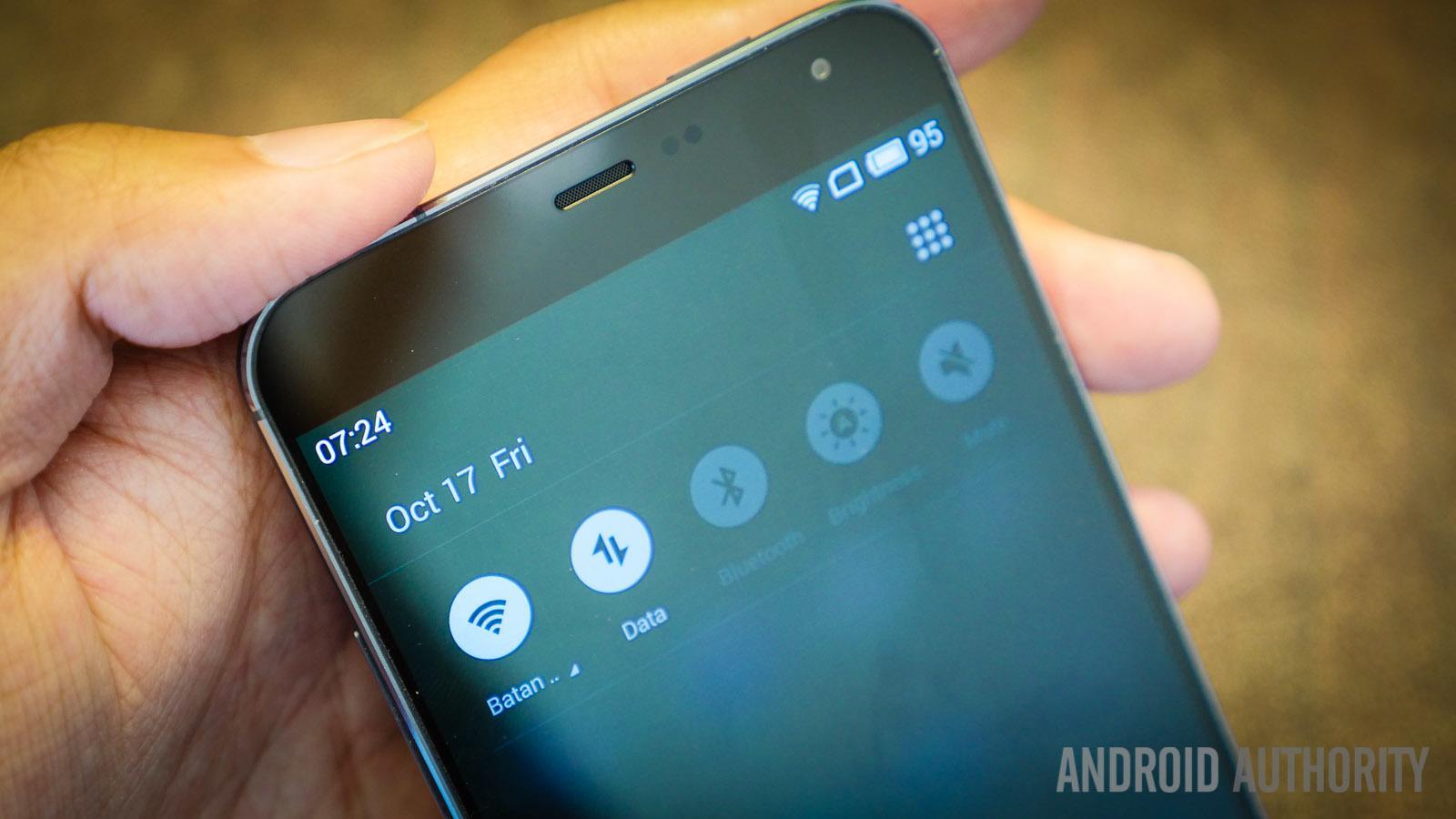
Overall, the MX4’s software could use some work. The Settings menu was a bit confusing, and we found ourselves finding options in places where we wouldn’t expect to see them. Through countless apps force closing, the inability to download custom launchers and skewed English translations throughout the OS, we had a difficult time getting this device to work properly. One bug that we found kind of odd was that the volume rockers wouldn’t control the ringing volume… it only controlled media volume. Many pre-installed apps, including the OS, aren’t optimized for the 5:3 aspect ratio, which has made our software experience extra difficult.
Our device came with no Google apps installed, so we were forced to use the Flyme app store to download Google Play Services. Setting up Google apps through the Flyme store was difficult, and most of the apps didn’t want to start up right away. The device was supposed to receive an update to overhaul the UI and pre-install Google services, but we never got the update. We’re sure the update is on its way, but the lack of Google services really hindered our experience.
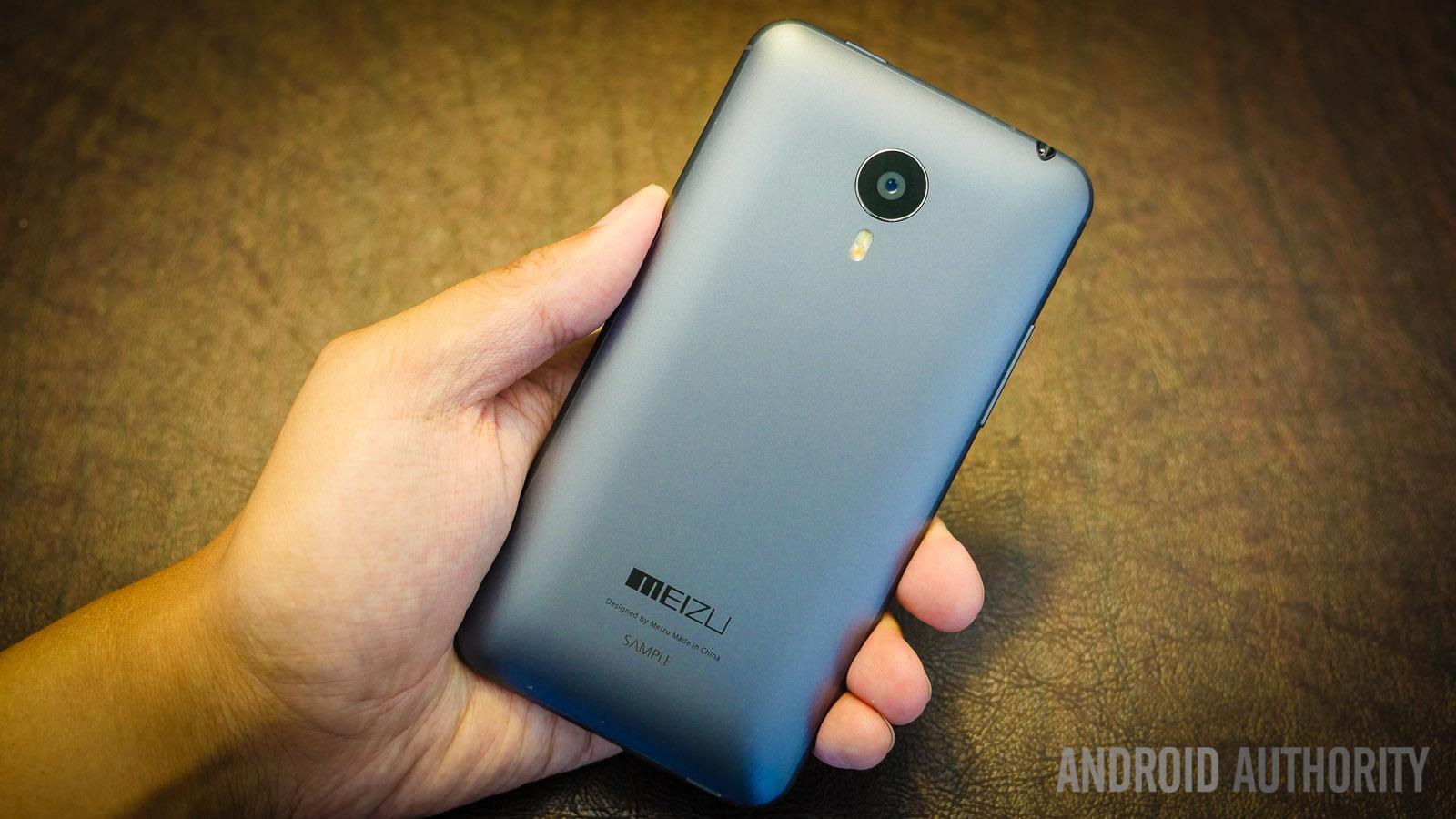
The Meizu MX4 is usually sold for around $450 unlocked on Amazon. Since this is a phone that’s predominately for the Chinese market, we won’t be seeing many around the States, and the lack of LTE in the U.S. will surely be one of the biggest negatives with this device among users.
With the MX4, it seems like a tantalizing deal. A beautifully crafted device with a huge 1080p display, all for under $450? That sounds like a no-brainer. Unfortunately, the OS is filled with bugs, the battery life is a huge let down, and the camera struggles to take acceptable photos in anything but ideal lighting conditions. If you can get past those main compromises, though, you’ll have a phone with great screen, super powerful processor and awesome build quality. For around $400, you could do much worse than the MX4.